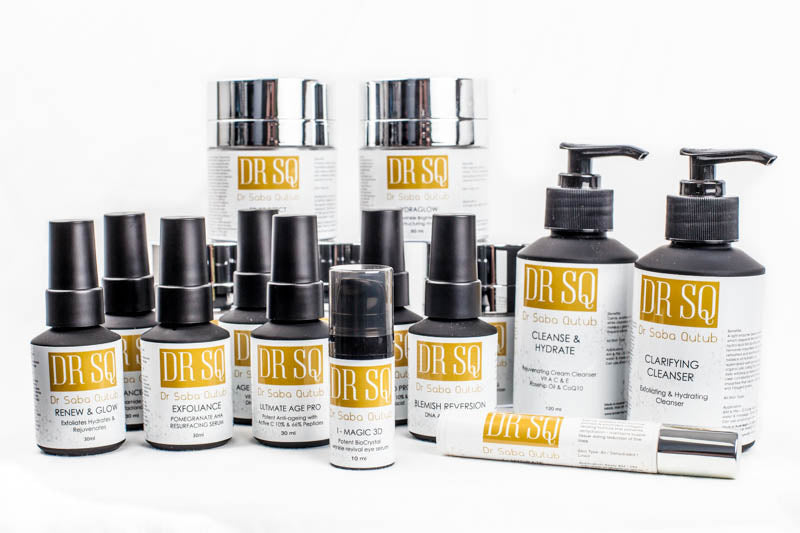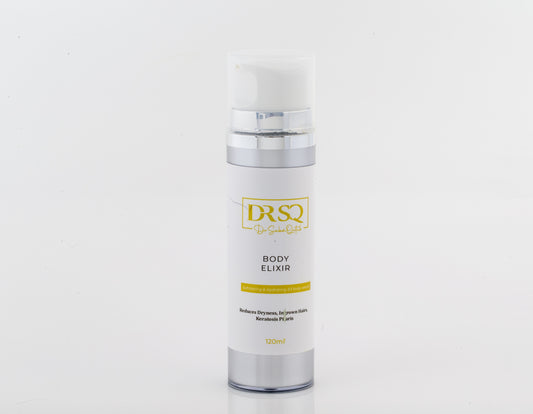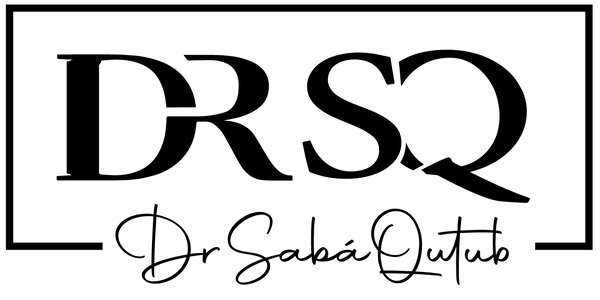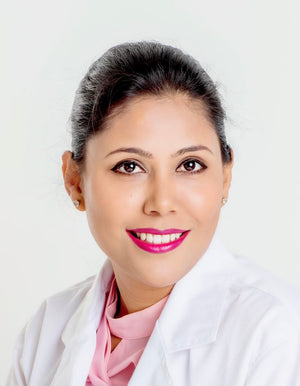Combat Acne Through The Effective Skincare Routine
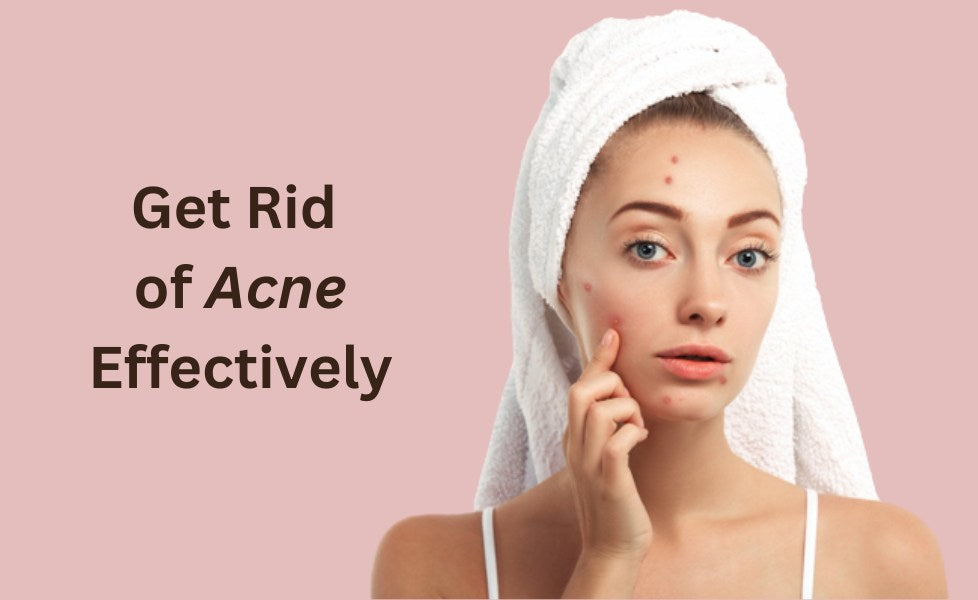
While most commonly teenagers are affected by acne, anyone is prone irrespective of age, skin colour, gender, and environmental conditions. It is frustrating! And, you want to get rid of it as soon as possible. But you must know there is no one-size-fits-all treatment plan for acne. You need to be more aware and attentive to the information resource.
Having a persistent nature, you may find it unmanageable at times. So, how to get rid of acne? Follow this guide to fight back!
Let’s start with knowing acne and its deep root causes.
What is Acne?
Medically called acne vulgaris, it is an inflammatory disorder of the skin. Oil, dead skin, and bacteria attack and clog your pores resulting in acne leading to mild to severe breakouts. You can find them appearing, almost everywhere, from face to shoulder, and even at your upper back, where oil glands occur.
The skin condition is widespread, and if you are facing it, you should keep calm, and tackle it smartly with the right skincare routine.
Reasons That Cause Acne
To be said in simple terms - it is clogged pores.
Now, what causes pores to get clogged?
- Dead skin cells
- Sebum
- Propionibacterium acnes - An acne-causing bacteria
Clogged pores cause acne leading to inflammation and pain. Redness is quite common.
Let us understand it more!
The androgen hormones become active during puberty responsible for releasing excess oil production, causing pores to get blocked, and causing skin breakouts. Bacteria and dead skin add to the condition.
They become even worse during your periods due to hormonal imbalances, which is exacerbated in conditions such as polycystic ovary syndrome.
Corticosteroid drugs, certain hormonal medications and anticonvulsants can also trigger acne formation.
Coming to foods, ones with a high glycemic index and diet high in dairy can cause acne too.
Other acne-causing factors include pollution, humidity, stress, and genetics that give rise to acne.
Other Crucial Causes
In addition to what we have discussed above, there are some avoidable triggers inducing acne conditions on your skin.
- Using oily skincare products
- High-stress levels
- Humid environmental conditions and air-polluted areas
- Touching your acne too often
- Skin-tight clothes which can increase sweating
Note: Please note that causes of acne can differ from person to person, and even exist in a combination of factors to affect a human.
Types of Acne
Broadly divided into inflammatory and non-inflammatory; let’s dive deeper into detail.
Inflammatory
The acne type occurs due to inflamed hair follicles causing tenderness, redness, swelling, and pain.
Inflammatory acne is assorted into the following types:
- Papules: Usually tender to human touch, these are red bumps, small in size.
- Pustules: These contain pus, having a yellow or white center.
- Cysts: Filled with pus, relatively larger in size, and can be much more painful.
- Nodules: Smaller and less painful than cysts and occur deep under your skin can be skin coloured or even typically red.
Non-Inflammatory
Also known as comedones, it is born on your skin when oil and dead skin clog hair follicles without any inflammation. Less pain!
- Blackheads: Dead skin and oil become oxidized giving a dark appearance.
- Whiteheads: Generally your flesh-coloured or white and present as raised bumps.
Acne requires different treatment approaches from case to case. A medical professional's advice is recommended, and an accurate diagnosis plan is needed for a treatment plan.
Medical treatment for acne
Mild acne
- Topical anti-acne agents, such as benzoyl peroxide, azelaic acid, and tretinoin or adapalene gel.
- Low-dose combined oral contraceptive
- Antiseptic or keratolytic washes containing salicylic acid
- Light/laser therapy
Moderate to Sever acne
- Oral Antibiotics such as Doxycycline & Eryhtromycin
- Antiandrogen therapy with cyproterone acetate + ethinylestradiol or spironolactone
- Oral Isotretinoin
A Recommended Skincare Routine to combat Acne
Apart from the above mentioned medical treatment, the right skincare routine plays an important role in reducing and preventing acne. In case you are experiencing inflammation, acne and breakout, the below-mentioned skincare routine may be of great help.
For Day
Start with the cleanser:
Cleansing makes your way to remove excess dirt, dead skin cells, and oil from the surface of your skin. The most crucial part is - Choose the suitable cleanser.
You can try a Clarifying Cleanser by DRSQ. It has activated charcoal complex to deeply cleanse your pores and help fight breakouts. Its effective combination of AHA+BHA, Vitamin B5, tea-tree oil, aloe vera and natural anti-bacterials eliminates congestion, prevents bacteria & clears inflammation
Take couple of pumps and using your fingertips massage it evenly on the face, behind the ears, and the neck. Rinse it off with lukewarm water or use a soft washcloth. Scrubbing is not recommended while applying and don’t go rough. Be gentle!
|
Tip: Don’t over-cleanse as that can cause further irritation and scrap out the protective barrier of the skin. Instead you can do double cleansing. Massage the cleanser and wash off once and then reapply and rinse off again. |
Apply a Day Serum
This is your chance to move ahead with your powerful skincare routine. After using the cleanser, use a dry towel to pat your skin dry and apply your day serum smoothly on your affected area.
Radiance 3D has an infusion of 10% niacinamide and Hyaluronic acid providing anti-inflammatory benefits and promoting skin clarity.
Experts say it may take around six weeks to work, you need to be consistent as well as patient. Even after that duration, if you see no results, consult your medical professional for the best advice.
Move Ahead With The Moisturiser
You don’t need a moisturiser for oily skin - the biggest myth ever!
Moisturisation is a necessity irrespective of your skin type. But it’s a critical step. What you can do is choose a non-greasy moisturiser if you have oily skin. They create a balance for the oil on the skin’s surface.
To go lighter in weight, you can opt for gels and lotions in place of creams. DRSQ’s Hydracalm is all set to re-organise your hydration levels and balance skin oil.
For Night
You follow similar three steps as day time routine with a different serum, that is, a night serum. Cleanse your face with Clarifying cleanser and use Hydracalm moisturiser after the Night serum. But NIGHT SERUM is the Key!!!!
For the night routine, introduce a high potency Vitamin A ( retinaldehyde) serum to you skin care. Vitamin A is one of the key ingredients in clearing the acne and preventing them from recurring.
Depending on your previous Vitamin A use, you can choose from Level 1 (Starter A) , Level 2 (Miracle Pro Vitamin) or Level 3 ( Advance Vitamin A) serum.
If using for the first time, slowly introduce vitamin A in your skin routine. Vitamin A can initially have an inflammatory response and it can take a few days for skin to get used to it.
You can start with applying the vitamin A serum all over your face and neck at night, leaving it for an hour and then washing it off. Repeat this step till your skin is having no redness or irritation with hourly application.
Then increase the duration to 2 hours before washing it off. Once your skin has tolerated the 2 hourly application, start leaving it overnight.
Similarly, you can start with Level 1 vitamin A serum and work up the ladder right upto Level 3 vitamin A serum
Adding the Eye Restore serum to your day and night skincare routine can target wrinkle rejuvenation and puffiness around the eyes.
Close-Up
Consistency is the key. You won’t be seeing the overnight results. It’s skin!
A breakout-prone skin can be distressing and disheartening but beginning with DRSQ’s anti-acne skincare regime will help reduce and prevent acne.
Good luck with your acne skincare!
